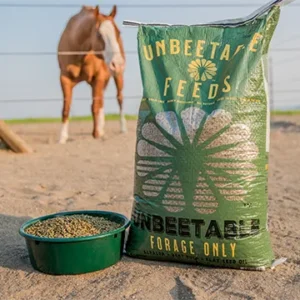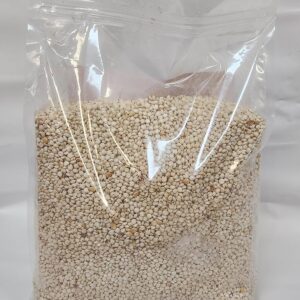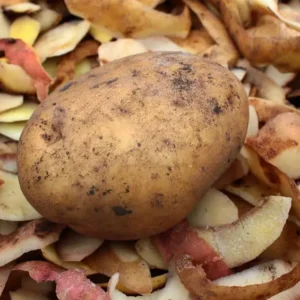Description
Corn gluten feed for sale is a source of protein and energy. Learn its benefits, nutritional value, and how it improves your cattle’s diet and performance.
Corn gluten feed for sale
Corn Gluten Feed: A Valuable and Versatile Cattle Feed Option
In the ever-evolving world of animal nutrition, finding cost-effective and high-quality feed ingredients is crucial for efficient and profitable cattle production. Corn gluten feed (CGF), a byproduct of corn wet milling, has emerged as a valuable and versatile option for cattle producers seeking to optimize their feeding programs.
What is Corn Gluten Feed?
Corn gluten feed is derived from the wet milling process of corn, where the corn kernel is separated into starch, corn oil, corn syrup, and other products. After the corn starch is extracted for human consumption or industrial use, the remaining components, including corn bran, corn gluten, and potentially some corn steep liquor (a concentrated solution of soluble nutrients), are combined and dried to create CGF.
Nutritional Profile and Benefits:
CGF offers a unique nutritional profile that makes it a beneficial addition to cattle diets. Key characteristics include:
- Moderate Protein Content: CGF typically contains around 20-25% crude protein, making it a valuable source of protein for cattle.
- High Digestibility: The protein in CGF is relatively digestible, allowing cattle to efficiently utilize the amino acids for growth and maintenance.
- Energy Source: CGF provides a good source of energy, primarily in the form of readily fermentable carbohydrates.
- Phosphorus Content: It’s a relatively good source of phosphorus, an essential mineral for bone development and other metabolic processes.
- Fiber Source: CGF contributes to the overall fiber content of the diet, which is important for rumen health and digestive function.
Benefits for Cattle Production:
Integrating CGF into cattle feeding programs can offer several benefits:
- Cost-Effectiveness: CGF is often a more economical feed option compared to other protein and energy sources, especially in regions where corn processing is prevalent.
- Improved Feed Efficiency: The balanced nutritional profile and high digestibility of CGF can contribute to improved feed efficiency, leading to better weight gain and milk production.
- Reduced Nutrient Waste: Utilizing CGF helps reduce waste from corn processing, contributing to a more sustainable agricultural system.
- Versatile Application: CGF can be incorporated into various feeding programs, including feedlot rations, dairy cattle diets, and pasture supplementation.
Considerations for Implementation:
While CGF offers numerous advantages, there are several factors to consider when incorporating it into cattle diets:
- Sulfur Content: Corn steep liquor, often included in CGF, can be high in sulfur. Overfeeding CGF with high sulfur content can lead to Polioencephalomalacia (PEM) or sulfur toxicity. Monitoring sulfur intake and supplementing with thiamine (vitamin B1) may be necessary.
- Moisture Content: CGF is available in both wet and dry forms. Wet CGF is more prone to spoilage and must be handled carefully. Dry CGF is easier to store and transport.
- Mycotoxin Risk: As with any corn-based feed, there is a potential risk of mycotoxin contamination. It’s crucial to source CGF from reputable suppliers and conduct regular testing to ensure feed safety.
- Ration Balancing: CGF should be incorporated into a balanced ration that meets the specific nutritional requirements of the cattle being fed. Consultation with a nutritionist is recommended to optimize ration formulation.
Conclusion:
Corn gluten feed is a valuable and versatile feed ingredient that can contribute to efficient and profitable cattle production. Its moderate protein content, high digestibility, and cost-effectiveness make it an attractive option for cattle producers seeking to optimize their feeding programs. By carefully considering the factors outlined above and working with a nutritionist, producers can effectively utilize CGF to enhance animal performance and improve the overall sustainability of their operations. As the demand for sustainable agricultural practices continues to grow, utilizing byproducts like CGF will become even more critical in feeding the world’s livestock population.












Reviews
There are no reviews yet.